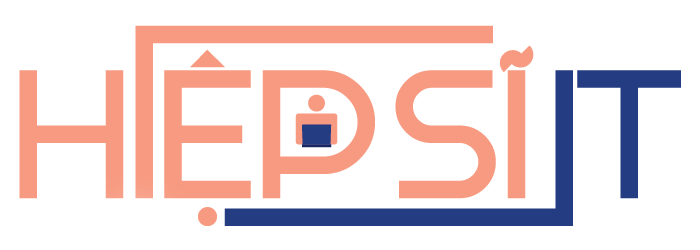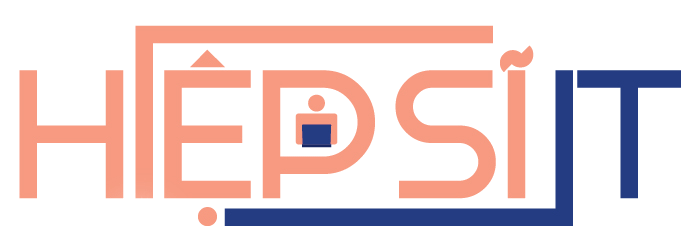Skin Care Segment to Dominate the Anti-Aging Cosmetics Market in 2021
According to a comprehensive report by Custom Market Insights (CMI), the Global Anti-Aging Cosmetics Market was valued at approximately USD 60 billion in 2021. The market is projected to expand significantly and reach around USD 120 billion by 2030, growing at a compound annual growth rate (CAGR) of about 8% over the forecast period from 2022 to 2030.
The study presents a detailed 360-degree analysis of the Anti-Aging Cosmetics market, covering major growth drivers and limiting factors, along with their direct influence on product demand across the forecast timeline. Furthermore, the report delves into global opportunities and provides in-depth competitive landscape analysis.
Anti-Aging Cosmetics Market: Overview
For decades, both cosmetologists and healthcare professionals have played a pivotal role in enhancing youthful appearances and developing solutions to combat age-related changes. To help individuals preserve or restore a youthful look, the anti-aging industry consistently introduces innovative products and services.
Ongoing technological innovations, along with robust investments in research and development (R&D), have resulted in the introduction of advanced solutions such as botulinum toxin injection therapies, plastic surgeries, breast implants, and a wide range of specialized anti-aging products. Moreover, stringent regulatory frameworks have compelled manufacturers to focus on producing faster-acting, safer, and more effective anti-aging solutions. These developments have considerably amplified the market’s growth potential.
You can browse the complete report titled “Anti-Aging Cosmetics Market Size, Trends and Insights By Product (Skin Care, Makeup, Hair Care, Eye Care, Others), By Distribution Channel (Supermarkets or Hypermarkets, Online Stores, Cosmetic Stores, Others), and By Region – Global Industry Overview, Statistical Data, Competitive Analysis, Share, Outlook, and Forecast 2022–2030” at:
👉 Custom Market Insights - Full Report
Growth Factors
Throughout the forecast period, there is a growing awareness among consumers regarding common age-related skin problems such as fine lines, wrinkles, and dullness. This awareness, combined with a heightened willingness to invest in products that promote a youthful appearance, is expected to fuel market demand.
However, the COVID-19 pandemic caused a significant decline in consumer spending on cosmetic products, particularly anti-aging items. Major economies such as the United States, India, Brazil, Russia, and the United Kingdom were heavily impacted by the pandemic, leading to noticeable reductions in product sales in these regions. Additionally, China, which serves as a key supplier of both raw materials and finished goods for many skincare product manufacturers, experienced manufacturing and distribution disruptions. These supply chain issues further hindered market performance during the crisis.
Aside from the older population, a new consumer demographic is emerging—younger individuals transitioning into middle age—who are increasingly concerned about their skin, body, and hair. Their desire to slow down the visible effects of aging is pushing demand. Furthermore, widespread environmental challenges and a hectic lifestyle have heightened awareness among young consumers about health, attractiveness, and overall appearance. This dynamic has led to increased interest in and demand for anti-aging solutions. Ultimately, the aging global population remains a central factor propelling the growth of this market.
Segmental Overview
The Anti-Aging Cosmetics market is segmented based on product types and distribution channels. Among the product segments, skincare accounted for the largest market share—over 50.0%—in 2021, and is expected to continue its dominance throughout the forecast period. These skincare products are expertly formulated to help retain skin moisture, elasticity, and firmness, which in turn helps reduce the appearance of wrinkles and fine lines.
Historically, individuals have always placed strong emphasis on maintaining a youthful facial appearance and have not hesitated to invest heavily in high-quality skincare. This consistent demand remains a major force driving the skincare segment forward.
Leading companies also provide specialized eye care solutions, such as creams formulated with active pharmaceutical ingredients like niacinamide, ceramides, and alpha-hydroxy acids (AHAs). These formulations aim to target common eye-area concerns such as wrinkles, dark circles, puffiness, and age lines. For instance, premium skincare brands like Estee Lauder offer an extensive portfolio of eye care products, including advanced night repair eye masks, eye balms, and concentrated serums.
👉 Get a Free Sample Copy of the report here:
Free Sample Request
Regional Overview
In 2021, the Asia Pacific region held the largest share of the global Anti-Aging Cosmetics market, capturing over 40.0% of the total market value. The region’s rapid growth is largely attributed to escalating concerns about skin issues such as acne, sun damage, and melanoma, combined with growing awareness of the harmful effects of UV rays and pollution. Emerging economies like India and China are leading the surge in demand for skincare and anti-aging products.
Additionally, Central and South America are anticipated to exhibit a notable CAGR from 2022 to 2030. This growth is linked to a higher female workforce participation, with women now constituting approximately 53% of the working population in these regions. As a result, more women have access to disposable income and are increasingly inclined to invest in premium skincare and anti-aging cosmetic products.
Key Players Insights
The Anti-Aging Cosmetics industry is characterized by a high level of competition, with numerous domestic and international brands competing on price, product innovation, and marketing strategies. To address rising consumer demand, several retailers in the cosmetics sector have diversified their offerings to include specialized anti-aging product lines.
Prominent Players in the Global Anti-Aging Cosmetics Market include:
-
Estee Lauder
-
Unilever Group
-
Procter & Gamble (P&G) Company
-
GALDERMA LABORATORIES L.P.
-
Nu Skin Enterprises Inc.
-
Hologic Inc.
-
Shiseido Company Limited
-
Pierre Fabre S.A.
-
Candela Corporation
-
Home Skinovations Ltd.
These companies are leveraging technological advancements and strategic product launches to strengthen their foothold in the rapidly expanding anti-aging cosmetics industry.
https://www.custommarketinsights.com/report/anti-aging-market/

